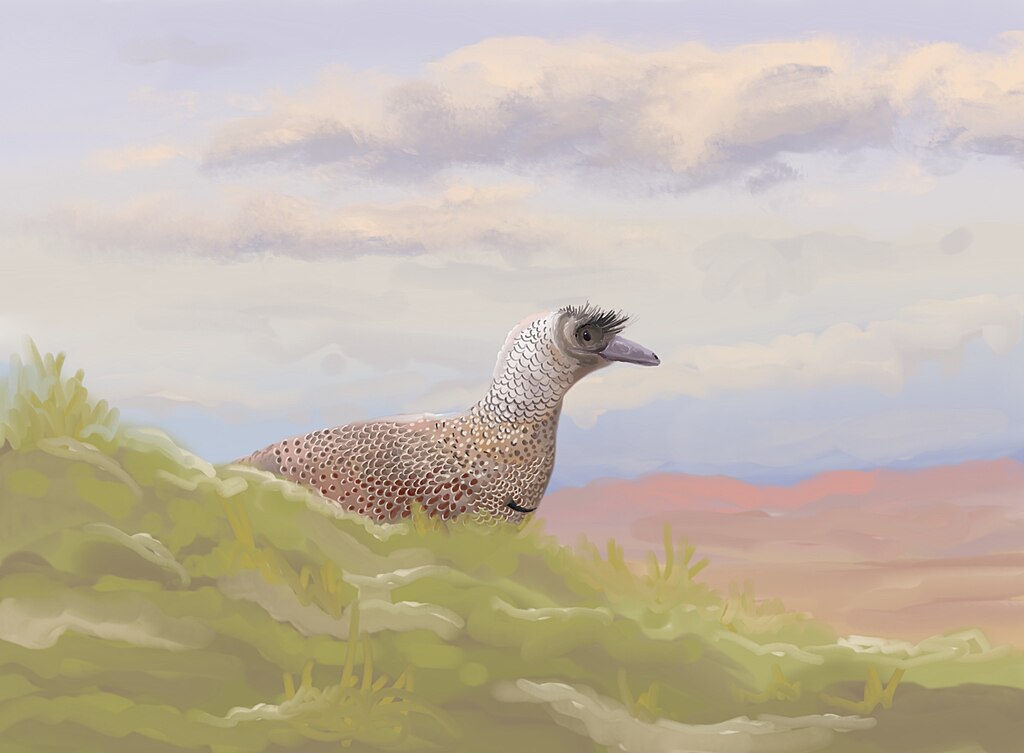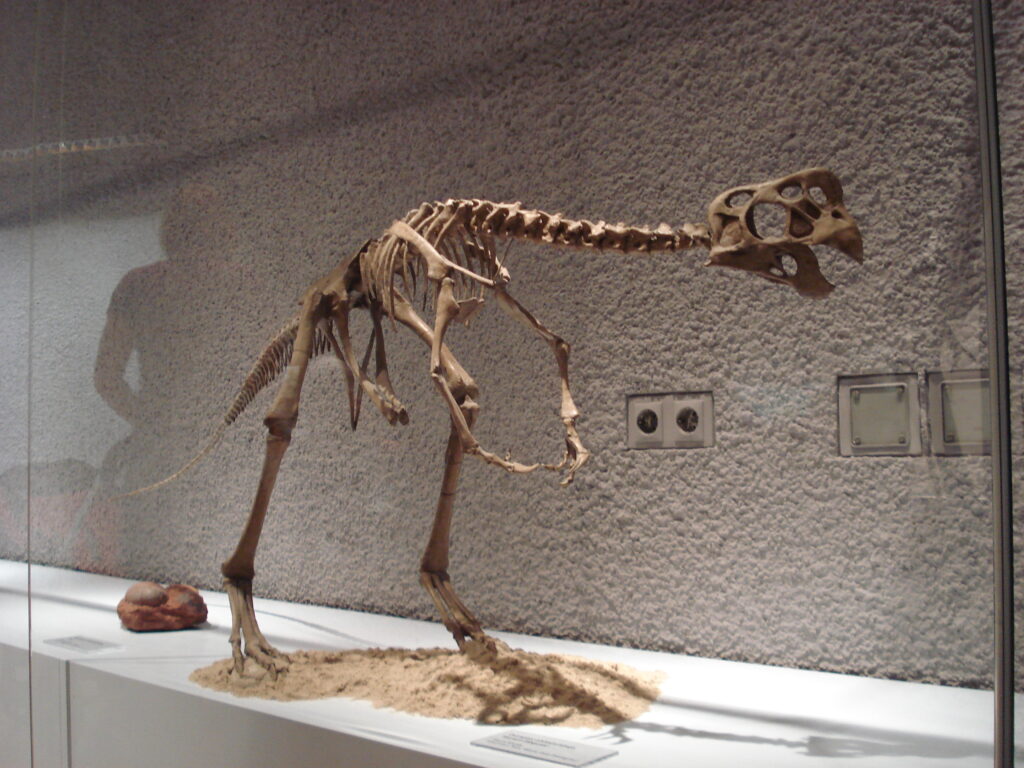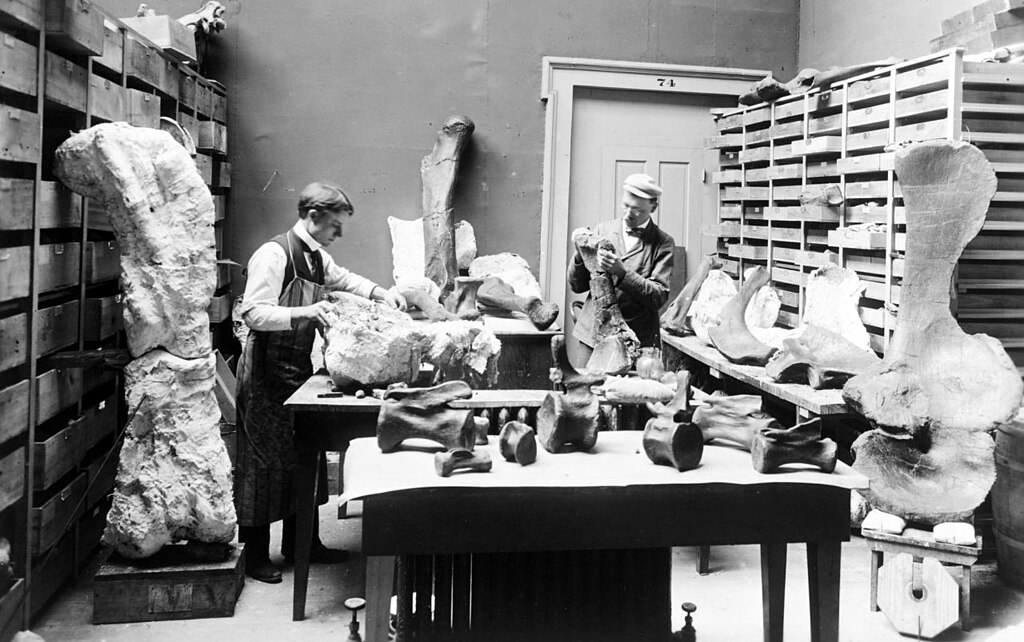The fossilized remains of ancient organisms provide us with invaluable windows into Earth’s distant past. These prehistoric snapshots help scientists reconstruct extinct species, ancient ecosystems, and evolutionary relationships that shaped life as we know it today. However, despite their tremendous value, fossils represent an incomplete record of past life. For every preserved bone, shell, or impression, countless aspects of prehistoric organisms—from soft tissues to behaviors and ecological interactions—vanish without a trace. This reality creates significant challenges for paleontologists attempting to reconstruct extinct life forms and their environments. Fortunately, modern science has developed ingenious methods to fill these gaps, combining traditional paleontological approaches with cutting-edge technologies and interdisciplinary techniques. This article explores what fossils don’t reveal and the creative scientific methods used to complete our understanding of ancient life.
The Preservation Bias: Why Some Fossils Form While Others Don’t

Fossilization represents an exceptionally rare phenomenon that requires very specific conditions to occur. Hard body parts like bones, teeth, and shells preserve much more readily than soft tissues such as skin, organs, and muscles. This preservation bias creates a skewed fossil record that favors organisms with durable skeletal structures while leaving minimal traces of soft-bodied creatures. Consequently, entire groups of organisms—including many invertebrates, fungi, and soft-bodied vertebrates—remain severely underrepresented in the fossil record. Geographic and environmental factors further complicate this bias, as organisms in environments conducive to preservation (like marine sediments or tar pits) appear more frequently than those from environments where decomposition typically occurs rapidly. Scientists account for this bias by acknowledging that the fossil record represents only a tiny fraction of past biodiversity and by employing statistical methods to estimate the abundance and diversity of poorly preserved groups.
Missing Soft Tissues: Reconstructing the Full Organism

Perhaps the most obvious gap in the fossil record involves soft tissues, which rarely preserve but constitute the majority of an organism’s body. While bones can tell us about size and general structure, they reveal little about an animal’s musculature, organs, fat distribution, or external covering. To fill these gaps, paleontologists employ multiple techniques, including comparative anatomy with living relatives. The principle of phylogenetic bracketing allows scientists to make educated inferences about extinct organisms by examining features shared by their closest living relatives. For example, if two modern groups both possess a particular feature, scientists can reasonably infer that their common ancestor—and potentially extinct relatives—likely shared this trait. Digital modeling has revolutionized this process, allowing researchers to simulate muscle attachments, test biomechanical possibilities, and create increasingly accurate soft tissue reconstructions. Rare exceptional preservation sites like Lagerstätten, where soft tissues occasionally preserve, provide valuable reference points for these reconstructions.
The Color Conundrum: Determining Prehistoric Pigmentation
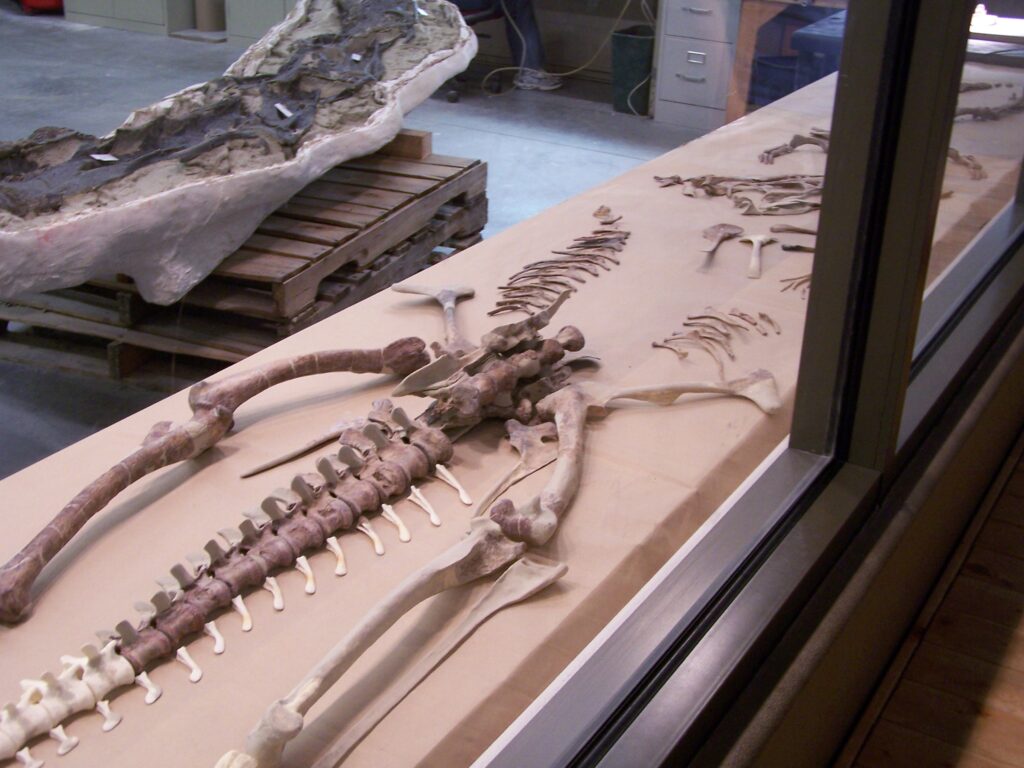
For decades, the colors of extinct organisms remained entirely speculative, with artists and scientists making educated guesses based on modern analogues and ecological principles. However, recent breakthroughs have allowed scientists to detect fossilized melanosomes—microscopic structures containing melanin pigments—in exceptionally preserved fossils. By analyzing the shape, size, and arrangement of these melanosomes, researchers can now determine certain colors and patterns in ancient creatures, particularly feathered dinosaurs and early birds. The discovery of melanosomes in a 120-million-year-old fossil of Sinosauropteryx revealed that this small dinosaur possessed a reddish-brown striped tail, representing one of the first direct evidence of dinosaur coloration. For organisms without preserved melanosomes, scientists turn to ecological and behavioral principles. Camouflage requirements, sexual selection pressures, and the habitat preferences of extinct organisms provide contextual clues about likely coloration patterns. Despite these advances, color reconstruction remains limited to exceptional fossils and certain types of pigmentation, leaving many aspects of prehistoric coloration still speculative.
Behavioral Mysteries: Inferring Actions Without Observation
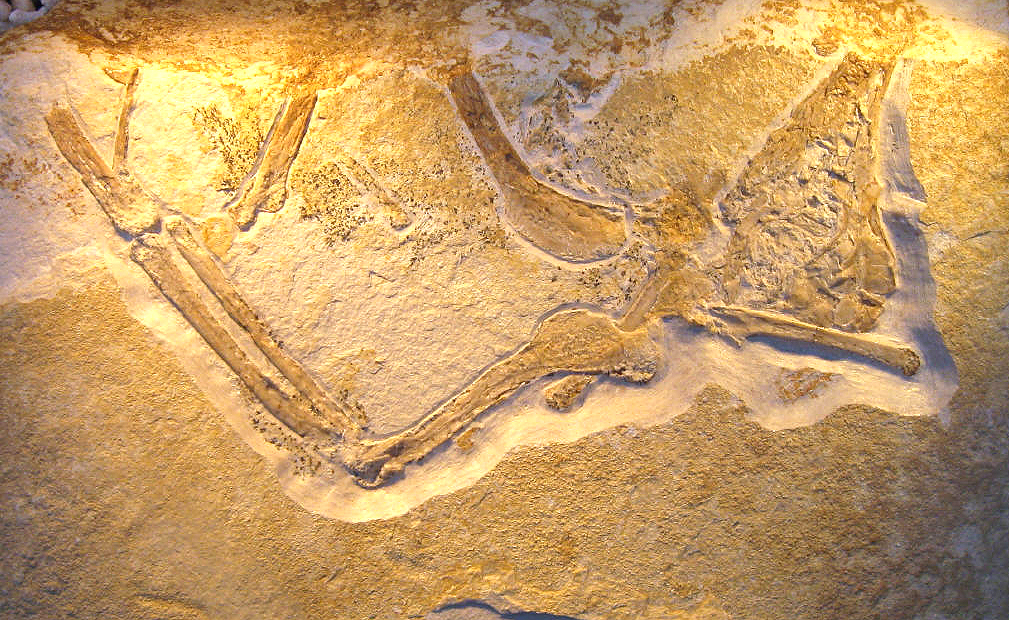
Perhaps one of the most challenging aspects of paleontology involves reconstructing the behaviors of extinct organisms. With rare exceptions, fossils capture only static moments, giving few direct insights into how creatures moved, interacted, or lived. To address this limitation, scientists rely heavily on trace fossils—preserved evidence of activity rather than body parts—including footprints, burrows, coprolites (fossilized feces), and feeding marks. These traces provide valuable behavioral snapshots, revealing information about locomotion styles, feeding habits, and even social interactions. Biomechanical modeling has emerged as another powerful tool, using physics and engineering principles to determine how extinct organisms could move based on their skeletal structure. By digitally reconstructing skeletons and simulating muscle forces, scientists can test hypotheses about running speeds, swimming abilities, or flight capabilities. Comparative studies with living relatives also inform behavioral reconstructions, particularly when examining highly conserved behaviors like reproduction, territoriality, or predator-prey relationships. Despite these techniques, much of prehistoric behavior remains speculative, representing educated hypotheses rather than definitive conclusions.
Ecological Relationships: Reconstructing Ancient Food Webs

Understanding how extinct organisms interacted within their ecosystems presents another significant challenge for paleontologists. Fossils rarely preserve organisms in the act of interacting, making it difficult to establish predator-prey relationships, competitive interactions, or symbiotic associations. To reconstruct ancient food webs, scientists analyze multiple lines of evidence, including tooth morphology and wear patterns that indicate diet preferences. Stable isotope analysis of fossilized tissues can reveal trophic levels (positions in the food chain) by measuring ratios of elements like carbon and nitrogen, which concentrate differently depending on an organism’s diet. Rare fossilized stomach contents provide direct evidence of feeding relationships, such as the famous “fighting dinosaurs” fossil showing a Velociraptor and Protoceratops locked in combat at the moment of death. Coprolites (fossilized feces) offer valuable dietary information through contained bone fragments, plant remains, or other undigested materials. Despite these approaches, ancient ecosystem dynamics remain incompletely understood, particularly regarding the relative abundance of different species, seasonal variations, and complex multi-species interactions.
The Challenge of Soft-Bodied Organisms: Filling Major Taxonomic Gaps
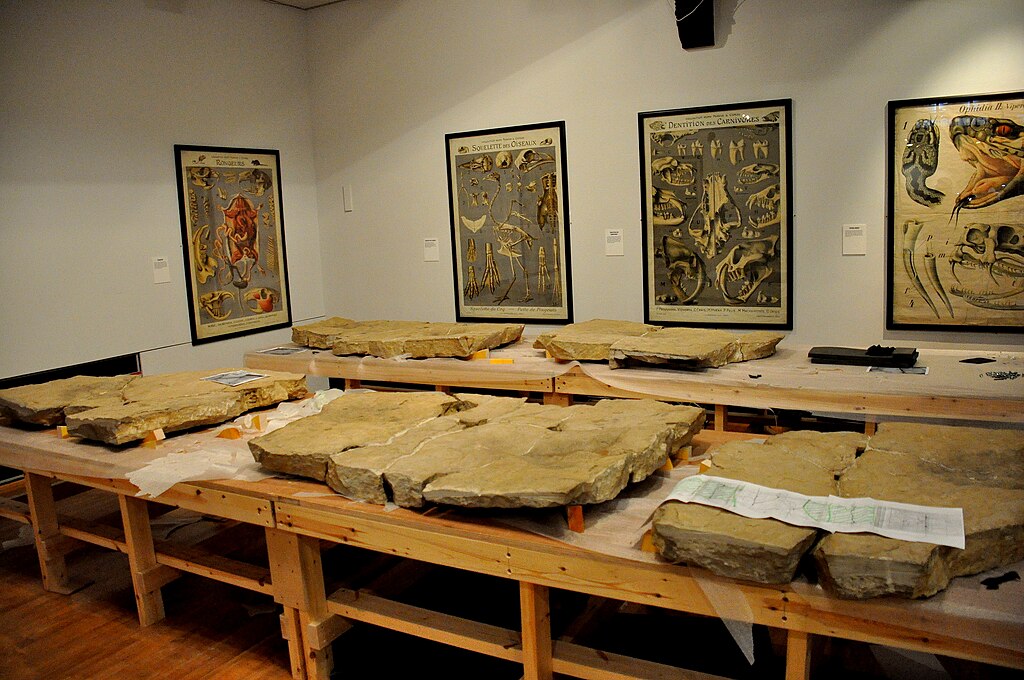
Soft-bodied organisms constitute the majority of Earth’s biodiversity today, yet they remain dramatically underrepresented in the fossil record due to their poor preservation potential. This creates substantial gaps in our understanding of major evolutionary transitions and ancient biodiversity. Exceptional preservation sites like the Burgess Shale in Canada or the Chengjiang biota in China provide rare glimpses into soft-bodied fauna from key periods, revealing bizarre organisms that would otherwise remain unknown. For entirely missing groups, molecular clock analyses help estimate when lineages likely diverged based on genetic differences between their living descendants, allowing scientists to predict the existence of ancestors absent from the fossil record. These analyses suggested, for example, that animal lineages diverged long before the Cambrian explosion, despite minimal fossil evidence from this earlier period. Trace fossils sometimes provide the only evidence of soft-bodied organisms, with tracks, trails, and burrows indicating their presence even when body fossils remain absent. By combining these approaches, scientists can partially reconstruct the “ghost lineages” of soft-bodied organisms that played crucial ecological roles throughout Earth’s history.
DNA and Molecular Clues: The Limitations of Ancient Genetics

The extraction and analysis of ancient DNA has revolutionized our understanding of recently extinct organisms and human evolution, but significant limitations restrict its applicability to deep-time paleontology. DNA degrades relatively quickly under most conditions, with even the oldest recovered DNA coming from specimens less than two million years old—a mere blink in Earth’s 4.5-billion-year history. This means genetic material remains unavailable for the vast majority of extinct species, including non-avian dinosaurs and other mesozoic organisms. To overcome this limitation, scientists analyze proteins, which can survive much longer than DNA under certain conditions. Ancient protein analysis has successfully recovered molecular information from fossils over 3.8 million years old, including a rhinoceros from the Early Pleistocene. For more ancient organisms, comparative genomics of living species helps reconstruct ancestral gene sequences and protein functions. By comparing the genomes of modern organisms, scientists can identify shared ancestral traits and estimate when genetic changes occurred, effectively “resurrecting” certain genetic capabilities of extinct ancestors. These approaches, while powerful, remain restricted to specific questions and cannot replace the comprehensive genetic information that would come from preserved ancient DNA.
Environmental Contexts: Reconstructing Ancient Habitats

Fossils typically preserve removed from their original environmental context, making it challenging to understand the precise habitats where extinct organisms lived. Sedimentological analysis provides crucial information about ancient environments by examining the composition, grain size, and structure of rocks containing fossils. For example, fine-grained mudstones indicate calm water environments, while cross-bedded sandstones suggest ancient dune systems. Paleobotanical evidence offers insights into terrestrial habitats, with fossil plants revealing local vegetation types, climate conditions, and available food resources. Microfossils like pollen, diatoms, and foraminifera serve as sensitive environmental indicators, with their community composition reflecting specific conditions like water temperature, salinity, and nutrient availability. Geochemical analyses, including stable isotope ratios in fossil soils, shells, and bones, provide quantitative data about ancient temperatures, precipitation patterns, and atmospheric composition. By integrating these diverse data sources, scientists can reconstruct paleoenvironments with increasing precision, placing extinct organisms within their ecological contexts. However, fine-scale habitat variations and seasonal changes often remain difficult to determine, leaving aspects of microhabitat utilization and environmental preferences unclear.
Growth and Development: The Challenge of Ontogeny

Understanding how extinct organisms grew and developed throughout their lives presents unique challenges, as fossils typically capture only single moments in an individual’s life history. To reconstruct growth patterns, paleontologists rely heavily on growth series—collections of fossils representing different developmental stages of the same species. However, complete growth series remain exceedingly rare, forcing scientists to piece together partial evidence from different individuals. Histology (microscopic examination of bone structure) has emerged as a powerful technique for addressing this gap, revealing annual growth rings similar to those in trees. By analyzing these growth marks, scientists can determine growth rates, age at maturity, and even metabolic information for extinct vertebrates. This approach revealed that many dinosaurs grew rapidly like modern birds rather than slowly like reptiles, suggesting elevated metabolic rates. Comparative studies with living relatives provide additional developmental insights, particularly for conserved growth processes and life history strategies. Computer modeling increasingly allows scientists to simulate growth trajectories based on limited fossil evidence, generating hypothetical intermediate growth stages. Despite these advances, many aspects of development, particularly embryological processes and juvenile behaviors, remain poorly understood for most extinct organisms.
Physiological Puzzles: Determining Metabolism and Internal Functions
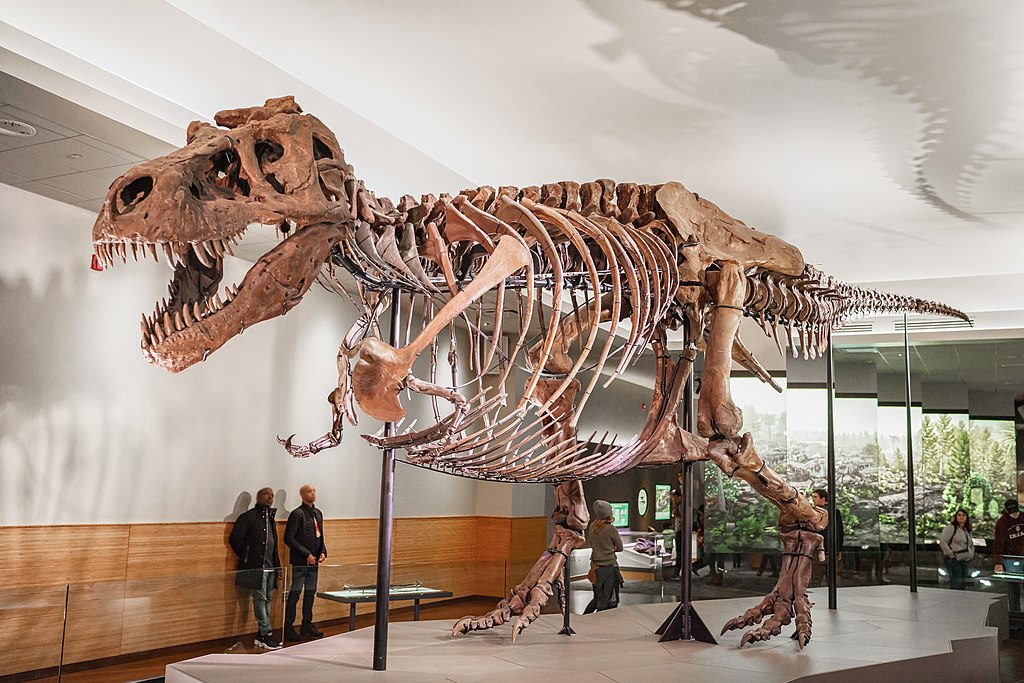
Perhaps one of the most challenging aspects of paleontology involves reconstructing the internal physiology of extinct organisms, including metabolic rates, thermoregulatory strategies, and organ functions. Traditional fossils preserve little direct evidence of these systems, requiring scientists to rely on indirect indicators and comparative physiology. Bone histology provides valuable physiological insights through growth rate analysis, as rapid sustained growth typically requires elevated metabolism. The presence of specific bone features like Haversian canals (for blood vessels) and high vascularization suggests higher metabolic rates similar to modern endotherms (warm-blooded animals). Oxygen isotope analysis of tooth enamel can reveal body temperature patterns by comparing isotope ratios from different body regions or seasonal variations, helping distinguish between endothermy and ectothermy (cold-bloodedness). Geographic distribution offers another physiological clue, as organisms found in ancient polar regions likely possessed adaptations for cold environments, potentially including elevated metabolism or insulation. Anatomical features like nasal turbinates (specialized structures that conserve water and heat) provide evidence of respiratory physiology, while brain case endocasts reveal brain structure and potential cognitive capabilities. Despite these approaches, many physiological questions remain incompletely answered, particularly regarding specific adaptations and internal organ functions.
Sensory Capabilities: Seeing Through Ancient Eyes

Understanding how extinct organisms perceived their world presents another significant challenge, as sensory organs rarely preserve in sufficient detail to determine their capabilities. To address this gap, scientists examine anatomical structures associated with sensory systems, comparing them with modern analogues. Eye socket size and shape provide basic information about visual importance, while internal cranial anatomy reveals details about olfactory bulbs (smell), inner ear structures (hearing and balance), and other sensory centers. Modern imaging techniques like CT scanning allow non-destructive examination of these internal structures in fossils. The study of endocasts—natural or artificial casts of cranial cavities—reveals brain structure, including the relative size of different sensory processing regions. For example, enlarged olfactory bulbs suggest a heightened sense of smell, while expanded optic lobes indicate visual specialization. Ecological context offers additional sensory insights, as nocturnal animals typically possess enhanced hearing and smell, while diurnal predators rely more heavily on vision. Comparative studies with living relatives help establish baseline sensory capabilities for major groups, while evolutionary modeling helps track sensory changes across lineages. Despite these approaches, precise sensory thresholds, such as color perception ranges or hearing frequencies, remain largely speculative for most extinct organisms.
Reproductive Biology: The Mystery of Ancient Life Cycles
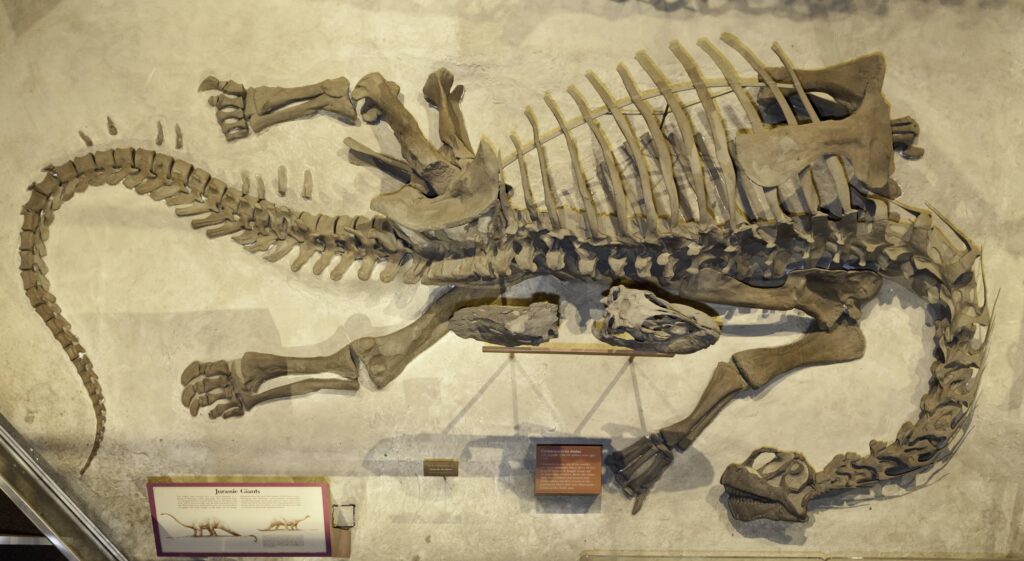
Reproductive strategies represent another aspect of prehistoric life that fossils rarely preserve directly, leaving significant gaps in our understanding of mating behaviors, reproductive cycles, and parental care. Rare fossilized eggs and nests provide valuable reproductive information for some groups, particularly dinosaurs and other archosaurs. The discovery of dinosaur nesting grounds with multiple clutches suggests colonial nesting behaviors similar to many modern birds, while preserved embryos within eggs reveal developmental patterns. Sexual dimorphism—anatomical differences between males and females—sometimes preserves in the fossil record, indicating reproductive strategies and potential mating displays. The elaborate crests of some hadrosaur dinosaurs, for example, likely served as visual or acoustic signaling structures for mate attraction. For organisms without direct reproductive evidence, scientists apply phylogenetic bracketing to infer reproductive biology based on living relatives. If both birds and crocodilians (the closest living relatives of dinosaurs) share certain reproductive traits, their common ancestors likely possessed similar characteristics. Comparative developmental biology helps reconstruct ancestral reproductive patterns by identifying highly conserved embryological processes across major groups. Despite these approaches, many aspects of prehistoric reproduction remain speculative, including mating behaviors, breeding seasons, and specific parental care strategies.
Integrating Technology: New Tools for Old Puzzles
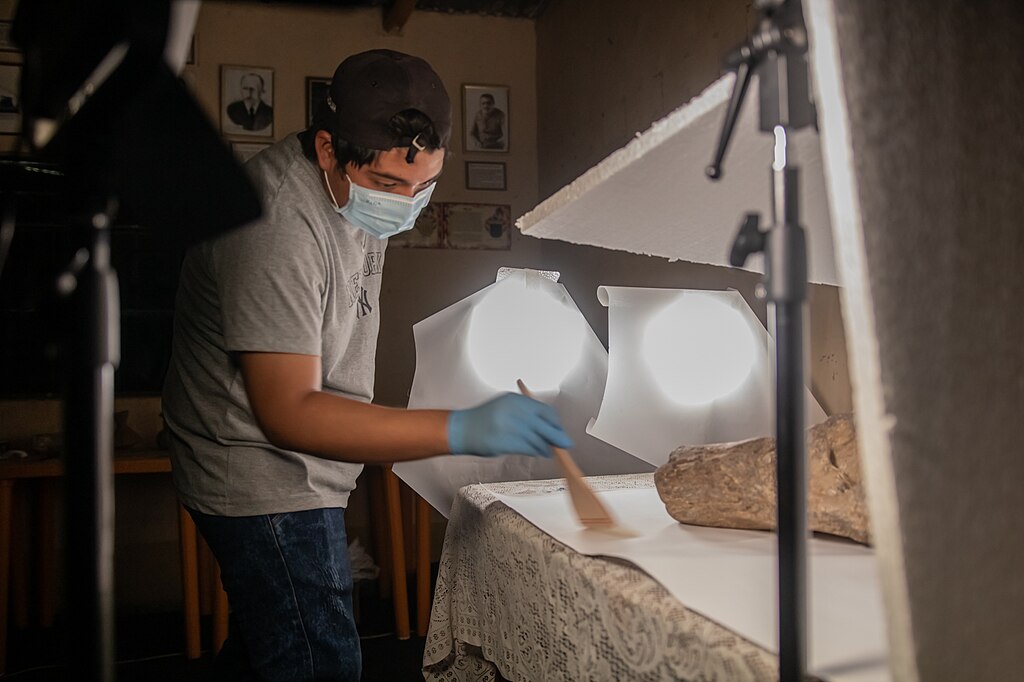
The technological revolution has dramatically expanded scientists’ ability to extract information from fossils and fill gaps in the prehistoric record. Advanced imaging techniques have transformed paleontology, with CT scanning revealing internal structures without damaging specimens and synchrotron imaging detecting microscopic details invisible to conventional methods. These technologies have uncovered previously hidden features like soft tissue impressions, internal anatomy, and growth patterns. Computational approaches increasingly play crucial roles in paleontological reconstruction, including finite element analysis for testing biomechanical hypotheses and machine learning algorithms for pattern recognition in complex datasets. Digital modeling and simulation allow scientists to test hypotheses about locomotion, feeding mechanics, and other behaviors by creating virtual organisms that follow physical laws. Molecular techniques continue advancing beyond DNA analysis, with ancient protein sequencing (paleoproteomics) recovering molecular information from increasingly older specimens. Stable isotope analysis has become increasingly sophisticated, with micro-sampling techniques allowing scientists to track seasonal changes and life history shifts within individual specimens. As these technologies continue developing, they promise to reveal even more information from the limited physical evidence preserved in fossils, gradually filling the substantial gaps in our understanding of prehistoric life.
The Future of Paleontological Reconstruction: Embracing Uncertainty

As paleontology advances, scientists increasingly recognize the importance of acknowledging uncertainty in reconstructions of prehistoric life. Modern approaches emphasize presenting multiple plausible interpretations rather than single definitive versions of extinct organisms. This shift reflects both intellectual honesty about the limitations of available evidence and recognition that science progresses through testing alternative hypotheses. Explicit uncertainty visualization has emerged in paleontological illustrations, with artists showing different possible reconstructions or using techniques like translucent tissues to indicate speculative elements. Probabilistic modeling approaches quantify uncertainty by assigning confidence levels to different aspects of reconstructions based on available evidence. For example, skeletal proportions might receive high confidence scores while soft tissue distributions or coloration patterns receive lower scores. Interdisciplinary collaboration continues expanding, with paleontologists increasingly working alongside anatomists, ecologists, engineers, and computer scientists to develop more comprehensive and rigorous reconstruction methods. This collaborative approach helps identify previously overlooked lines of evidence and analytical techniques. As paleontology embraces both technological innovation and explicit uncertainty, our understanding of prehistoric life continues growing more sophisticated, comprehensive, an


